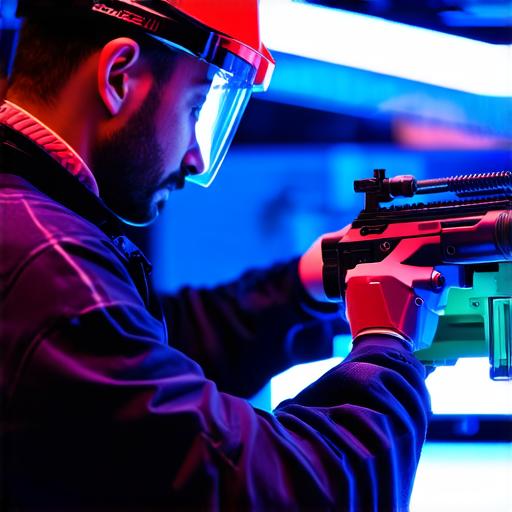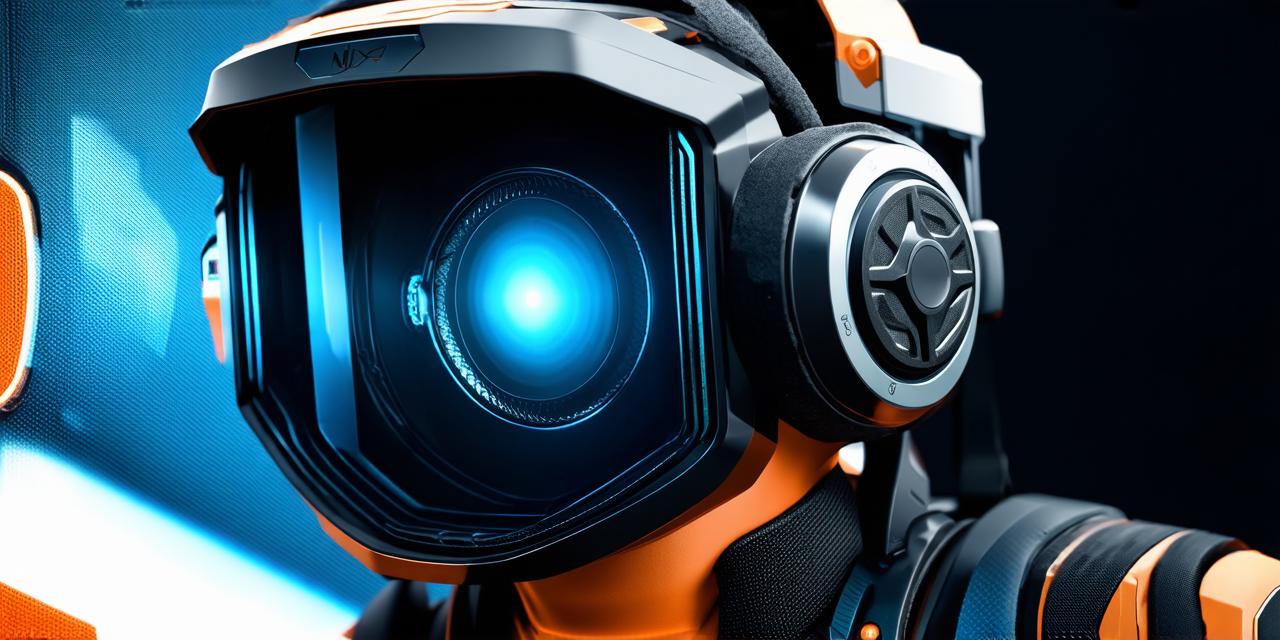Healthcare Industry
One of the earliest adopters of AR technology is the healthcare industry. AR has been used in medical procedures, surgeries, and patient care to enhance the accuracy and efficiency of these processes.
For example, during surgical procedures, AR can provide real-time visualization of internal organs, making it easier for surgeons to perform complex operations with precision.
AR has also been used in patient care to provide personalized experiences for patients. One such example is the use of AR in rehabilitation therapy. AR applications have been developed that allow patients to perform exercises and track their progress in real-time, providing them with immediate feedback on their performance.
Retail Industry
Another sector that has adopted AR technology for commercial use is the retail industry. Retailers have used AR to create interactive experiences for customers in their physical stores and online shopping platforms.

For example, some retailers have created virtual fitting rooms where customers can try on clothes and see how they look before making a purchase.
AR has also been used in online shopping to provide customers with a more immersive experience. For example, some e-commerce platforms allow customers to try on clothes virtually using their smartphone camera. This not only enhances the customer experience but also reduces the need for physical samples and increases sales.
Manufacturing Industry
The manufacturing industry has also adopted AR technology for commercial use. AR has been used in production processes to enhance quality control, reduce errors, and increase efficiency.
For example, some manufacturers have used AR to overlay digital information onto physical objects, allowing workers to perform inspections and make repairs more accurately.
AR has also been used in supply chain management to improve logistics and inventory management. For example, some companies have used AR to track products throughout the supply chain, providing real-time visibility into product locations and availability. This has helped reduce waste and increase efficiency in the manufacturing process.
Education Industry
The education industry has also adopted AR technology for commercial use. AR has been used to create interactive educational experiences that engage students and enhance their learning outcomes.
For example, some schools have used AR to create virtual field trips, allowing students to explore historical sites and landmarks without leaving the classroom.
AR has also been used in language learning apps to provide students with immersive experiences that simulate real-world scenarios. For example, some apps use AR to display text and audio in a natural setting, making it easier for students to learn new languages. This not only enhances the student experience but also provides a more realistic and effective learning environment.
Summary
In conclusion, AR technology has been adopted by various sectors for commercial use. The healthcare industry was one of the earliest adopters, using AR in medical procedures and patient care. The retail industry has also embraced AR technology, creating interactive experiences for customers in physical stores and online shopping platforms. The manufacturing industry has used AR to enhance quality control, reduce errors, and increase efficiency in production processes. Finally, the education industry has adopted AR technology to create engaging and immersive educational experiences that enhance learning outcomes.
FAQs
1. What is augmented reality (AR)?
Augmented reality (AR) is a technology that enhances our real-world surroundings with digital elements such as graphics, sounds, and haptic feedback. It has been around for over a decade and has gained significant traction in recent years. While AR is often associated with gaming and entertainment, it also has numerous commercial applications across various sectors.
2. How has AR been used in the healthcare industry?
AR has been used in medical procedures, surgeries, and patient care to enhance the accuracy and efficiency of these processes. For example, during surgical procedures, AR can provide real-time visualization of internal organs, making it easier for surgeons to perform complex operations with precision.
AR has also been used in rehabilitation therapy to provide personalized experiences for patients and enhance their progress tracking.
3. How has AR been used in the retail industry?
AR has been used to create interactive experiences for customers in physical stores and online shopping platforms. For example, some retailers have created virtual fitting rooms where customers can try on clothes and see how they look before making a purchase.
AR has also been used in online shopping to provide customers with a more immersive experience, reducing the need for physical samples and increasing sales.
4. How has AR been used in the manufacturing industry?
AR has been used in production processes to enhance quality control, reduce errors, and increase efficiency. For example, some manufacturers have used AR to overlay digital information onto physical objects, allowing workers to perform inspections and make repairs more accurately.
AR has also been used in supply chain management to improve logistics and inventory management, reducing waste and increasing efficiency.
5. How has AR been used in the education industry?
AR has been used to create interactive educational experiences that engage students and enhance their learning outcomes. For example, some schools have used AR to create virtual field trips, allowing students to explore historical sites and landmarks without leaving the classroom.
AR has also been used in language learning apps to provide students with immersive experiences that simulate real-world scenarios, enhancing their learning experience.
